Transcription of Maharashtra Board Class 6 History Textbook in English - Byju's
1 History AND CIVICSSTANDARD SIXM aharashtra State Bureau of Textbook Production andCurriculum Research, Pune. Sanction number : MSCERT/avivi/sp/2015-16/1673 Date : 06/04/2016 Maharashtra State Bureau of Textbook Production and Curriculum Research, Pune - 411 Maharashtra State Bureau of Textbook Production and Curriculum Research reserves all rights relating to the book. No part of this book should be reproduced without the written permission of the Director, Maharashtra State Bureau of Textbook Production and Curriculum Research, Balbharati , Senapati Bapat Marg, Pune :Vivek Uttam GosaviControllerMaharashtra State Textbook Bureau, Prabhadevi, Mumbai - 400 : DTP Section, Textbook Bureau, PunePaper : 70 GSM CreamwovePrint Order : Printer :Production :Sachchitanand AphaleChief Production OfficerPrabhakar Parab, Production OfficerShashank Kanikdale, Production AssistantTranslation :Smt.
2 Sanjyot ApteScrutiny :Smt. Manjiri BhaleraoCoordination :Dhanavanti HardikarAcademic Secretary for LanguagesSantosh J. PawarSubject Assistant, EnglishCoordination : Mogal JadhavSpecial Officer, History and CivicsVarsha SarodeSubject Assistant, History and CivicsCover and Illustrations :Prof. Dilip Kadam, Shri. Ravindra MokateCartographer :Ravikiran JadhavAuthors:Dr Shubhangana Atre, Smt. Sadhana KulkarniCivics Subject Committee :Dr Shrikant Paranjape, ChairmanSmt. Sadhana Kulkarni, MemberDr Mohan Kashikar, MemberShri. Vaijnath Kale, MemberShri. Mogal Jadhav, Member-SecretaryHistory Subject Committee :Dr Sadanand More, ChairmanShri. Mohan Shete, MemberShri. Pandurang Balakawade, MemberAdv. Vikram Edke, MemberDr Abhiram Dixit, MemberShri. Bapusaheb Shinde, MemberShri.
3 Balkrishna Chopde, MemberShri. Prashant Sarudkar, MemberShri. Mogal Jadhav, Member-SecretaryHistory and Civics Study Group :Shri. Rahul Prabhu Smt Minakshi UpadhyayShri. Sanjay Vazarekar Smt Kanchan KetkarShri. Subhash Rathod Smt Shivkanya PatveSmt Sunita Dalvi Dr Anil SingareProf. Shivani Limaye Dr Raosaheb ShelkeShri. Bhausaheb Umate Shri. Mariba ChandanshiveDr Nagnath Yevale Shri. Santosh ShindeShri. Sadanand Dongre Dr Satish ChapleShri. Ravindra Patil Shri. Vishal KulkarniShri. Vikram Adsul Shri. Shekhar PatilSmt Rupali Girkar Shri. Sanjay Mehta Shri. Ramdas ThakarFirst Edition : 2016 Reprint : November 2016 The Primary Education Curriculum 2012 was prepared in the State of Maharashtra following the Right of Children to Free and Compulsory Education Act, 2009, and the National Curriculum Framework 2005.
4 This syllabus approved by the State Government is being implemented serially from the academic year 2013-2014. In the syllabus as well as in the textbooks for Standard III to Standard V, History and Civics were included in Environmental Studies Part One and Environmental Studies Port Two . However, Standard VI onwards, History and Civics are included as separate subjects in the syllabus. Previously, there were two separate textbooks for these subjects. But now they have been included in this single Textbook of a bigger size. We are happy to place it in your approach while designing this Textbook was that the entire teaching-learning process should be child-centred, the emphasis should be on self-learning and the process of education should become enjoyable and interesting.
5 During the teaching-learning process, there should be clarity about the specific objectives to be achieved at the various stages of primary education. That is why, the expected competencies regarding History and Civics have been specified at the beginning of the respective sections. In keeping with these competencies, the content included in the Textbook has been presented in an innovative way. The History section includes History of Ancient India . This part aims at giving the children comprehensive information about our cultures and traditions so as to enhance children s awareness of social integration. From the time of the Harappan Civilization, India s trade relations with faraway countries were at the root of the prosperity of ancient India. We have emphasized that such trade relations are not possible without international understanding and universal the Civics part, local people s participation in the schemes of development as also women s participation and the ensuing changes have been specially mentioned in the information on Local Government Bodies.
6 Students have been told in simple terms that our country is run according to our Constitution, the law and rules and regulations. The boxes in all the chapters provide information to make children s learning more effective. Some instructions have been given separately for teachers. Tasks and activities have been added for an activity-oriented approach to book was scrutinized by teachers, educationists, and subject experts from all parts of the State to make it as flawless and standard as possible. Their comments and suggestions have been duly considered while finalising the book. The History Subject Committee, Civics Subject Committee, the Study Group, the authors and the artists have taken great pains to prepare this book. The Textbook Bureau is thankful to all of hope that students, teachers and parents will welcome this (Dr Sunil Magar)DirectorMaharashtra State Bureau of Textbook Production and Curriculum Research, Date : 9 May 2016, Akshay Tritiya, Indian Solar Year : Vaishakh 19, 1938 l The purpose of teaching our students the History of ancient India is that they should develop an understanding of our culture and traditions in all their various aspects, and that in turn should strengthen their awareness of our social and national integrity.
7 When teaching ancient Indian History , teachers should plan their methodology with this purpose clearly in Students have questions about the cultural customs and traditions that we encounter first hand every day. Not only can teachers be expected to know from their own experience what these questions might be but they are expected to encourage the students to actually ask those questions without any Teachers should guide students to identify the sources for obtaining as much information as possible about ancient artefacts, coins, specimens of ancient architecture, etc so that their awareness of our cultural heritage will be based on the firm foundation of a study of ancient Indian Keeping in mind that trade relations between India and other distant countries established since the period of the Harappan Civilization were at the root of the prosperity of ancient India, teachers should give their students a simple explanation of the nature of international trade.
8 They should point out that such commercial exchange is not possible in the absence of universal brotherhood and international The tradition of presenting the Ramayana and Mahabharata epics in the form of dance-dramas is still alive in countries of Southeast Asia such as Indonesia and Cambodia. These stories form a part of their ancient sculptures, too. Projects/ Actvities should be assigned to the students to obtain more information about this tradition and make a presentation based on it, in the Before taking up the subject of Civics in the Class , the overall set-up which consists of the Union Government, Governments of the constituent States and Local government should be explained in The State governments make their own separate laws to govern local affairs.
9 Although the students are not expected to learn about these laws in any detail, it is important for them to learn that all affairs of our country are run according to the Constitution, the law and rules and regulations. They should especially be shown through various examples the benefits of living under the rule of There is only a cursory mention of the 73rd and 74th amendments to the Constitution. However, taking note of the fact that these amendments have given greater powers to the local government bodies, the changes brought about by these amendments should be pointed out to the students. l Special mention must be made of the participation of women in the local government bodies and the changes that have come about as a result of their participation.
10 L During British times, the term local self-government bodies was in use. Now, after Independence, as we have self-government at all levels, the term local government bodies is Note : The following foot notes are applicable : (1) Government of India, Copyright : 2016. (2) The responsibility for the correctness of internal details rests with the publisher. (3) The territorial waters of India extend into the sea to a distance of twelve nautical miles measured from the appropriate base line. (4) The administrative headquarters of Chandigarh, Haryana and Punjab are at Chandigarh. (5) The interstate boundaries amongst Arunachal pradesh , Assam and Meghalaya shown on this map are as interpreted from the North-Eastern Areas (Reorganisation) Act.
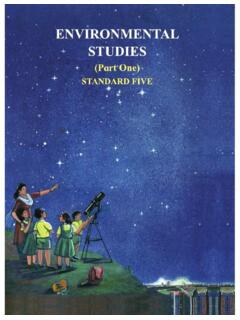
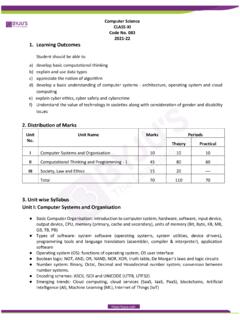




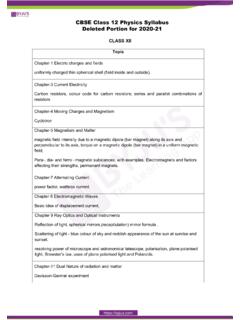
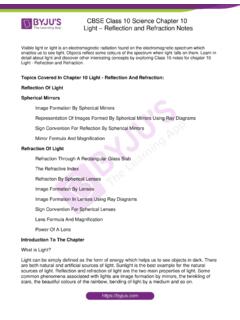

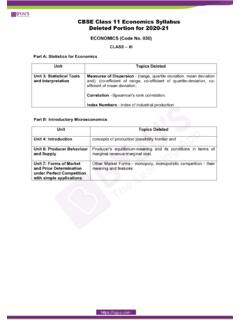
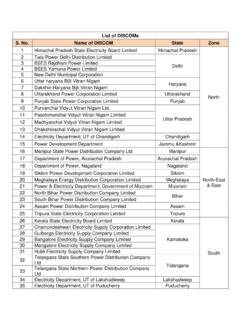

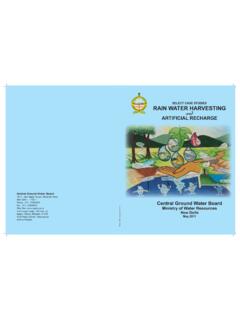



![izksQs'kuy ,Xtkfeus'ku cksMZ] Hkksiky p;u ... - Madhya Pradesh](/cache/preview/f/a/8/6/5/b/b/3/thumb-fa865bb3d2f65f17bd4f74b78b7ef161.jpg)